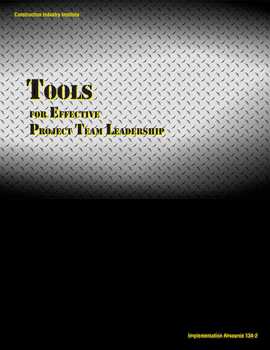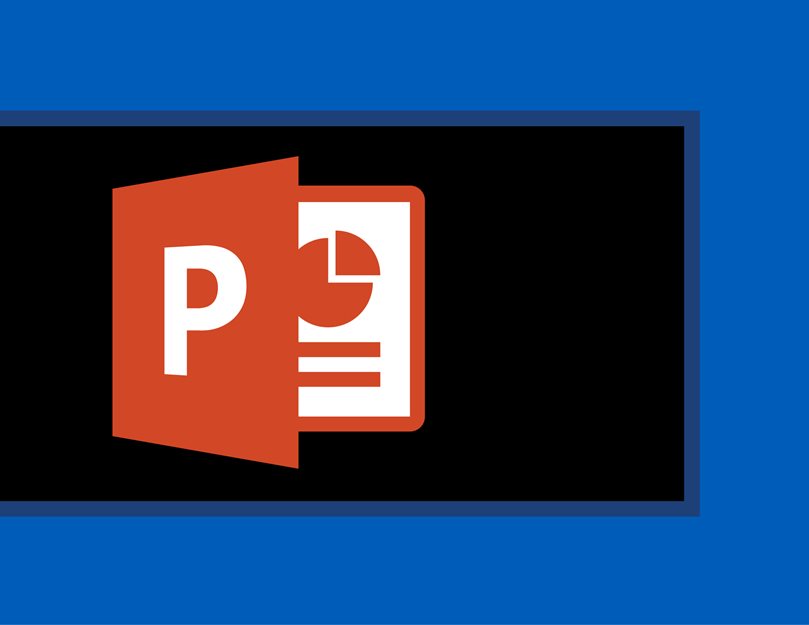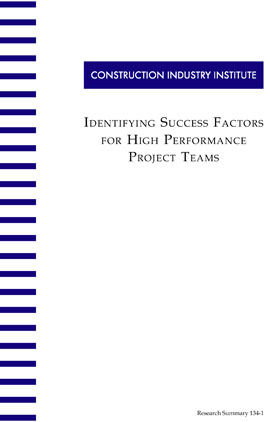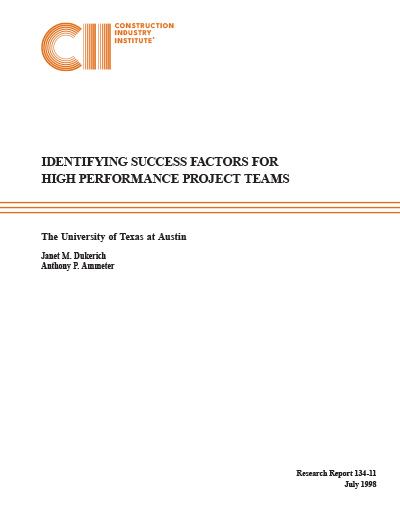
Tools for Effective Project Team Leadership
This set of project leadership tools was prepared by the CII High Performance Work Teams Research Team. The research team investigated methods for establishing high performance project teams that could achieve breakthrough project performance.
The research used in-depth interviews of team members from projects within and outside the construction industry and an extensive survey of owners and contractors to obtain data on characteristics of both high performance and non-high performance project teams. Correlation and regression analyses were used to determine the team characteristics most strongly associated with improved cost and schedule performance, and with team members’ perceptions of project and team performance.
Some of the key findings of the research are:
- “High performance” was defined by the majority of respondents as being 10 percent or better performance against established targets for cost, schedule, safety, customer satisfaction and rework, where the targets had already been “aggressively set.”
- A strong association exists between effective project leadership behaviors and reduced project cost or cost growth.
- A strong association also exists between project leadership behaviors and team members' perceptions of project high performance.
- A strong association can be found between team member characteristics and perceptions of team high performance.
- One group of CII best practices was associated with reduced cost or cost growth. Two other groups of CII best practices were associated with reduced schedule duration.
- No strong association was found between formal team building and either actual or perceived project high performance. That is, formal “team building” alone—in the absence of effective, consistent project leadership behaviors—does not automatically lead to team high performance. However, effective leaders inherently perform continuous team building through the use of appropriate leadership practices.
Another significant finding of the research was that only one out of 151 projects surveyed achieved “breakthrough” performance in both cost and schedule, although 20 percent of the projects beat either the cost or schedule targets by 10 percent or more.
Project schedule performance can be influenced most by adoption of selected CII best practices. Project cost performance is strongly influenced by project leadership as well as a different set of CII best practices.
Given the extensive work already done within CII on studying and documenting best practices, the research team decided to focus its attention on developing tools to improve project leadership. The tools are based on effective leadership behaviors and member characteristics associated with perceptions of team high performance that were identified in the research. The three tools—Leader Selection Guide, Team Leadership Planner, and Team Health Check—can be used separately or together, and can cover the entire project life cycle.
These tools are based on actual projects, and therefore should be used with judgment when dealing with specific individuals and situations. For example, a directive leadership style—which is not consistent with the identified “best” leadership behaviors—may prove suitable in a project where meeting a tight schedule is important. The criticality of the project and an assessment of all factors most likely to lead to achievement of specific outcomes will determine to what extent certain leadership behaviors are required.
IR 134-2, Tools for Effective Project Team Leadership
The tools are based on effective leadership behaviors and member characteristics identified in the research. The three tools can be used separately or together, and can cover the entire project life cycle.
Tool 1: Leader Selection Guide. This structured decision-making tool can be used to guide selection of a project leader by a management team or by an individual. The selection process is divided into five sequential steps, with worksheets to assist in performing each.
Tool 2: Team Leadership Planner. This tool is intended to help a project leader develop specific strategies for team leadership, again based on the set of leadership behaviors that have been identified with high performance project teams. These strategies can be integrated into the overall project execution plan to get the team off to a good start and improve the probability of achieving superior project performance through enhanced teamwork.
Tool 3: Team Health Check. The project leader may use the Health Check tool to survey team members on his/her leadership behaviors as well as their perceptions of the characteristics of the team membership.



